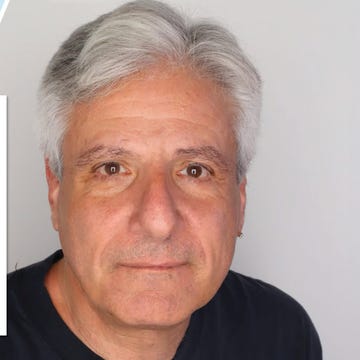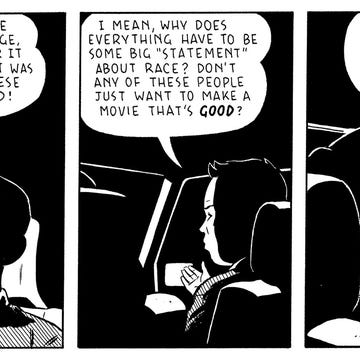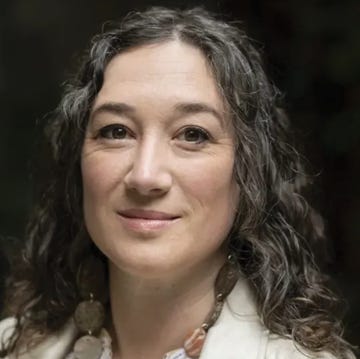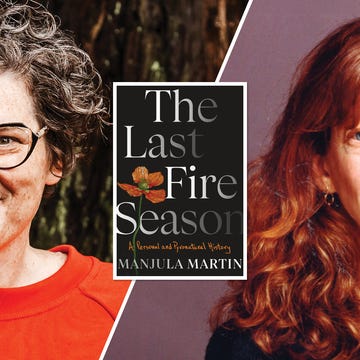The deluxe edition of the California Book Club’s November selection, Gary Phillips’s Violent Spring, was published 30 years after the first printing. In a foreword, the author writes, “While there has been significant change, too many of the underlying factors setting off the unrest in ’92 remain.” This powerful sentence sets the tone for the novel and signals the issues it will explore—race, equality, police brutality, and media representation.
Media representation is a theme central to the experiences of protagonist Ivan Monk, a Black PI who is investigating the murder of a Korean businessman during the aftermath of the Rodney King riots in Los Angeles. He compares some members of the electronic and print media to “trained bloodhounds,” underscoring his skepticism about their motives. He observes how the media often sensationalizes tragedies by fixating on race, even in situations where this element may not be relevant to the reportage. By playing into stereotypes, one can extrapolate, the media’s actions exacerbate tensions in a city already on edge. Reporters, in Monk’s view, seem less interested in uncovering the truth than in stoking division, obediently following the scent of a scandal.
This theme is exemplified when “hack” TV reporter Kelly Drier confronts Monk right outside the house of his girlfriend, Jill Kodama. Drier wastes no time before asking racially charged questions about the race of the murderer, leading up to what she thinks is a gotcha: “Then the city could go up again if a Black man is arrested?” When Monk provides a stoic response, Drier follows up by asking, “Then the city could go up again if a Black man is arrested?” Nothing has been solved at this point, but Drier knows the questions will get a rise not only from Monk but from viewers at home as well.
Phillips’s portrayal of the media in Violent Spring highlights the dangers of sensationalism. In his dramatization of these dynamics, he suggests that a more authentic and nuanced approach to reporting would inform rather than incite viewers. Similarly, the following documentaries, most of them released in 2017, about the 1992 riots opt for an informative, reflective account of those events and touch on the repercussions of official responses to them in the aftermath, the time in which Phillips’s novel takes place.
Daniel Lindsay and T.J. Martin’s documentary LA 92 premiered 25 years after the Rodney King trial, in which four police officers were charged for using excessive force on a Black man in beatings that were caught on tape. By presenting only archival footage, the film provides a powerful, immersive look at the riots after three of them were fully acquitted and the jury reached no verdict on one of the charges for the fourth. Rather than beginning with the trial, the documentary reaches back to the 1965 Watts Rebellion, drawing striking parallels between the two sets of riots. LA 92 also sheds light on other crucial details, like the specifics of Black girl Latasha Harlins’s murder by a Korean American store owner and the unjust trial that followed. The documentary emphasizes that the riots were not solely because of the outcome of the King trial but rather the culmination of long-standing frustrations.
L.A. Burning: The Riots 25 Years Later, directed by One9 and Erik Parker, expands on this idea. Executive producer and cast member John Singleton is involved in a broad-lens exploration of unrest, not only in California but across the United States. The documentary establishes that the 1992 riots were emblematic of a larger national tension—one most recently seen in the Black Lives Matter movement. In an interview with the Los Angeles Times, Singleton (who died in 2019) stated his motivation behind the film: “There was more to explore. It wasn’t just a single three-day event.” Interviewees include retired members of the Los Angeles Police Department and King’s attorney.
Perhaps no other documentary more fully exemplifies the length of time over which racial tensions have painfully unfolded in the city than Let It Fall: Los Angeles 1982–1992, by director John Ridley. The title itself signals that the 1992 riots were the result of a decade of mounting tension. Ridley blends archival footage and interviews to provide a comprehensive view of the forces leading to the eruption of the city—including conversations with members of the Black and Korean American communities affected by the event, communities that figure significantly in Violent Spring.
In Burn Motherf-----, Burn!, director Sacha Jenkins takes a similar aesthetic approach but traces the roots of Los Angeles’s unrest to the 1940s and ’50s, when Black Americans migrated from the South to California, only to find hostility. Jenkins examines how the Los Angeles Police Department worked to isolate Black neighborhoods from the rest of the city, fostering deep divides. And Burn Motherf-----, Burn! goes on to examine the culture of policing that emerged from this segregation, a culture that reached a boiling point during the 1965 riots and then resurfaced in the 1992 riots, becoming prominent in media coverage again with the Black Lives Matter movement.
And The Rodney King Incident: Race and Justice in America, directed by Michael Pack, offers a more detailed look at the initial trial and its consequences. It provides interviews with King’s attorney and former members of the Los Angeles Police Department.
Together, these documentaries offer crucial context to your reading of Violent Spring, shedding light on the historical, social, and racial tensions prevalent in Los Angeles and cities across the nation.•
Join us on November 21 at 5 p.m. Pacific time, when Phillips will sit down with CBC host John Freeman and special guest Naomi Hirahara to discuss Violent Spring. Register for the Zoom conversation here.
PAST AND FUTURE IVAN MONK
Read Sarah Weinman’s astute profile of Gary Phillips and how he got started with the protagonist of Violent Spring, Ivan Monk. —Alta
WHY READ THIS
Alta books editor David L. Ulin recommends Violent Spring, commenting that it is “an essential piece of Los Angeles noir, a key way station on the road from Walter Mosley…to Steph Cha.” —Alta
DAYBOOK OF DISASTER
Ulin reviews Gary Griggs’s California Catastrophes: The Natural Disaster History of the Golden State, which suggests that the extremities of the place make it what it is and “argues for ‘sober optimism.’” —Alta
MR. NAKAMURA’S OPUS
Read George Chen’s fascinating piece about Eric Nakamura’s Giant Robot: Thirty Years of Defining Asian American Pop Culture, which republishes stories from beloved fanzine Giant Robot, which ran from 1994 to 2011, with additional words by public figures like Randall Park and Margaret Cho. —Alta
“IN PRAISE OF MYSTERY”
Poet laureate Ada Limón wrote a poem for the Europa Clipper’s voyage of 1.8 billion miles to the Jupiter system and invited people to add their names. The poem and the participants’ names are now on their way. Read the poem. —Library of Congress
MIND-BENDING HOLLYWOOD NOVEL
Watch a preview of Interior Chinatown, an adaptation of past CBC author Charles Yu’s novel of the same name, a 2023 CBC selection. Congratulations to creator and executive producer Yu! —Hulu
Alta’s California Book Club email newsletter is published weekly. Sign up for free and you also will receive four custom-designed bookplates.



















